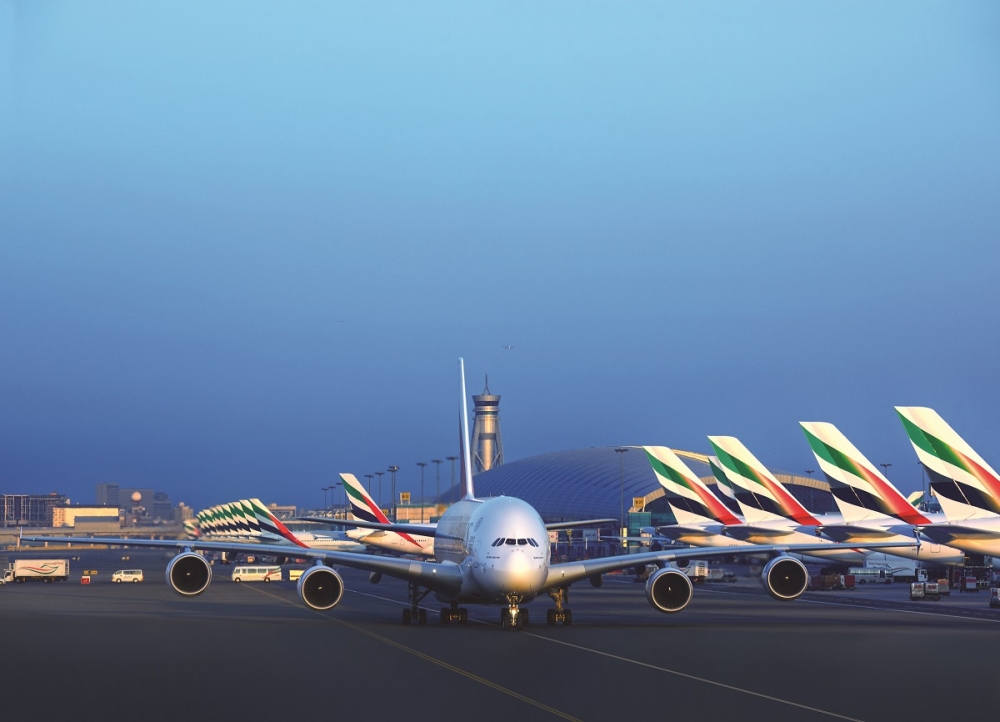Airlines have predicted that 15 per cent of lucrative business travellers will reduce their travel if the US expands its laptop ban at a cost of $US1.4 billion in lost productivity.
The International Air Transport Association made the claim as its April traffic figures showed traffic growth in the Middle East and North Africa had been hit by the ban on carrying large electronic devices in the cabins of US-bound flights.
The Issue is likely to be a hot topic as airline bosses meet in Cancun, Mexico, from July 4 for IATA’s annual meeting.
IATA said a route-level analysis for March, the most recent month available, showed revenue passenger kilometres flown by Middle East Airlines fell 2.8 per cent year-on-year, the first annual decline in at least seven years.
While traffic in the market was already slowing, IATA said the decline was consistent with disruption from the electronic device ban announced on March 21 as well as the Trump Administration’s proposed travel bans.
IATA director general Alexandre de Juniac said there were indications that passengers were avoiding routes where the large electronic device ban was in place.
“As the US Department of Homeland Security considers expanding the ban, the need to find alternative measures to keep flying secure is critical,’’ he said in the IATA analysis. “If the ban were extended to Europe-to-US flights, for example, we estimate a $US1.4 billion hit on productivity.
“And an IATA-commissioned survey of business travellers indicated that 15 per cent would seek to reduce their travel in the face of a ban.’’
Overall, the figures showed April air travel remained strong.
April global traffic rose at a robust 10.7 per cent compared to a year ago to outstrip capacity growth 0f 7.1 per cent and push up load factors 2.7 points to a new April record of 82 per cent.
This may be bad news for passengers because a rise in competition for seats increases the ability of airlines to raise fares.
International passenger demand rose by 12.5 per cent, led by a 14.4 per cent rise among European carriers attributed to growing momentum in the region’s economy. However, IATA noted the comparison was distorted somewhat by the impact on travel last year by terrorist attacks.
Load factors in Europe rose 4.9 percentage points to 85.4 per cent, the highest of any region.
Asia-Pacific airlines saw a 10.9 per cent increase in international traffic to hit a 14-month high as demand on Asia-Europe routes recovered.
The increase in North America was equally healthy with a 10.3 per cent rise in demand compared to April last year, supported by a comparatively robust economic backdrop and the impact of a stronger US dollar on outbound passenger demand.
A 16.1 per cent boost in international traffic for Latin American carriers was the strongest increase since December, 2011, and saw a 5.5 percentage point surge in the load factor to 82.7 per cent.
But the biggest growth in international traffic was from Africa which saw its fastest increase in five years at 17.2 per cent following a recovery in the key European market.
Middle Eastern carriers lagged the global average with a 10.8 per cent rise.
Domestic travel climbed 7.7 per cent and load factors increased `1.2 per centage points to 83 per cent.
Australia was the worst performer in a basket of countries outlined in the report with traffic down 2.1 per cent , capacity reduced by 1.2 per cent and the load factor down 0.7 percentage points to 76.5 per cent.
This compared to a 16.7 per cent surge in domestic traffic in the Russian Federation, 15.3 per cent c in India and 12.7 per cent in China.
























